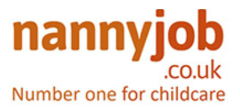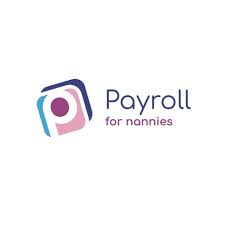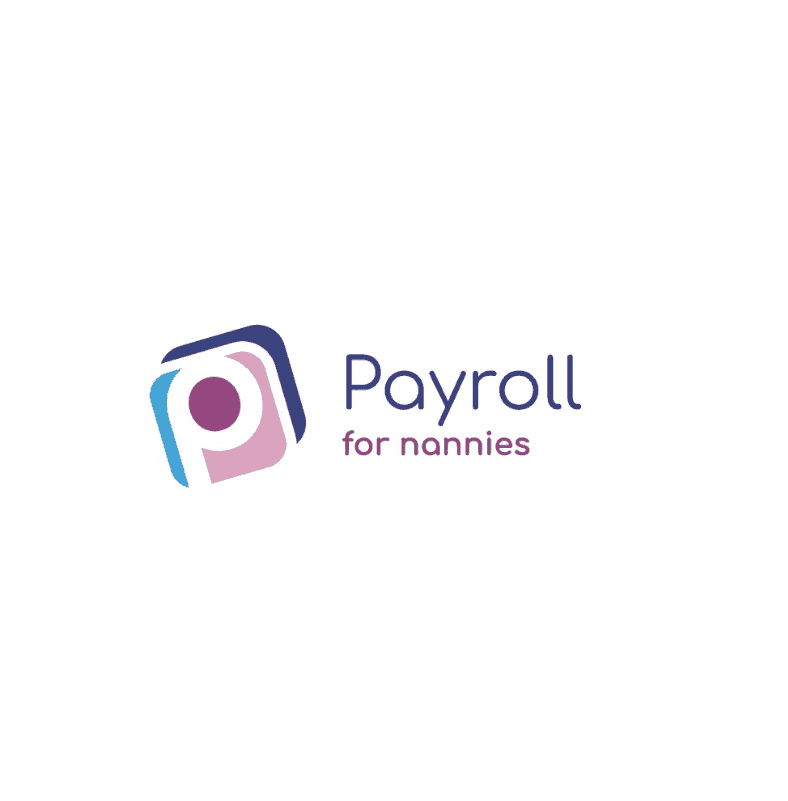Our partners at www.PayrollForNannies.co.uk provide payroll advice for parents and nannies and have provided this content. For more advice and support please get in touch with them.
Benefits in kind are benefits which both Employers and Employees can receive from their employment, which are not included in their salary.
As an employee, you pay tax on company benefits. The amount of tax you pay, depends on what kind of benefits you get and their value and it is the employer who deducts the amounts from the employee’s gross earnings. However, some company benefits, are tax free.
Most common benefits in Kind for nannies are listed below:
Private Car Mileage / Fuel Allowance
– Is not a taxable benefit if the employee is using the car during working hours. If they are using the car to get to and from work and outside their normal working hours, then this would be classed as a benefit in kind. If nanny is using their own car whilst they are at work, up to 0.45p per mile is tax free. Anything above this amount would be classed as a benefit and kind and will need to be reported to HMRC.
Private Medical Insurance
Subscriptions and Professional Fees
- Such as paying for nanny’s Ofsted registration, DBS check, Nanny’s Public Liability Insurance
Living Accommodation
If you are providing living accommodation where the nanny has separate living quarters to the employer, this is classed as a benefit in kind, along with any bills and furniture you provide
Beneficial loans – Interest free or low interest
- Any low –interest or interest free loans above the value of £10,000 are a Benefit in Kind.
Flights – which do not include family holidays if you are taking the nanny with you
Any declarations for Benefits in Kind need to be submitted to HMRC via for P11(D) by 6th July each year. As an employer, there will be Class 1A National Insurance of 13.8% on the taxable benefit.
For more help and advice on this or any other payroll related matter please contact our recommended partners Payroll for Nannies https://www.payrollfornannies.co.uk/







